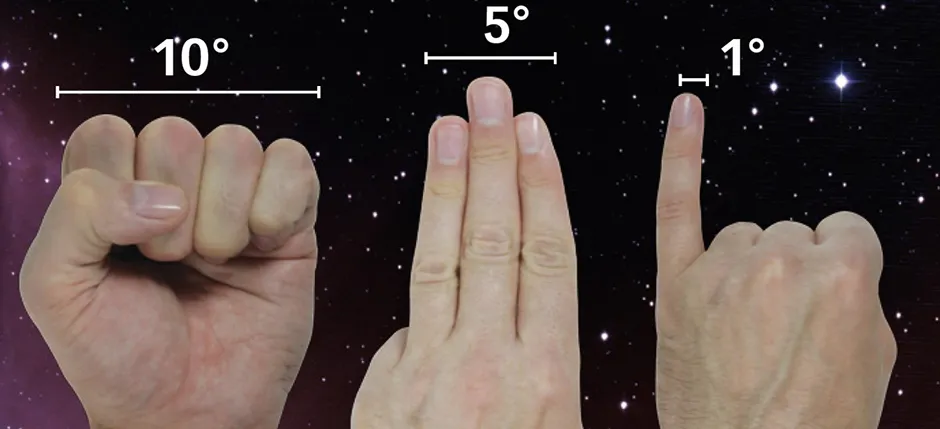The meeting of planets in the sky is a wonderful sight, and on the morning of 12 August 2025, early risers got to see Venus and Jupiter so close together, they were like a double star in the dawn twilight.
Venus and Jupiter are two of the brightest planets visible from Earth, and when they're at their best, they really are a sight to behold.
The two worlds can currently be seen in the morning before sunrise, looking like two bright stars rising in the northeast, easily visible with the naked eye.
For weekly stargazing advice, sign up to receive our e-newsletter and subscribe to our YouTube channel

Venus and Jupiter were at their closest on the morning of 12 August, but if you missed it, don't worry.
They're still there in the morning sky over the coming week, but now they're beginning to drift apart slowly, day after day.
However, soon Mercury will emerge into the morning sky, leading to a beautiful August planet alignment.
Each morning, Venus and Jupiter aren't in the sky for long before they're swallowed by the glare from the rising Sun, so an early start is needed.
You'll need a clear, flat eastern horizon, unobstructed by trees or tall buildings, to have a good view of Venus and Jupiter.
Here's why it's worth the early start, and top tips on how to see it.

This is a rare double planet conjunction
Venus and Jupiter were at their closest on the morning of 12 August, but they're still close together in the sky over the coming weeks.
This doesn't happen very often, so it's a unique opportunity to see a special celestial event before slipping back to bed and catching a few extra hours of sleep
The two brightest planets are side by side
Venus is the brightest planet visible from Earth and Jupiter is one of the brightest, when it's at its best.
Seeing them this close together in the early morning sky should be an easy task; they'll be clearly visible with the naked eye, so this is a great event for kids and beginners.

Ideal for naked-eye and smartphone photography
You won't need a telescope to see Venus and Jupiter: just step outside and look to the east before sunrise.
You could also trying photographing them with your smartphone camera, which is doable if you can tweak your settings.
For advice on doing this, read our guide on how to photograph the night sky with a smartphone.

Planets and shooting stars in one night
We're currently in the peak of the Perseid meteor shower, which is one of the best annual meteor showers of the year.
The Perseid meteor shower is spoiled somewhat in 2025 by a big, bright Moon visible in the sky during peak activity, but that doesn't mean you won't see any Perseids.
And if you are out observing Perseids before dawn, you can stay up a little longer to see Venus and Jupiter's close encounter.
Then you can proudly boast at having seen a shooting star and a planet conjunction before sunrise.
Not a bad start to the day!

Tips for seeing Venus and Jupiter close together
Venus and Jupiter are visible with the naked eye, so this is not the most demanding of celestial events to see.
The biggest hurdles are likely to be that very early start, the need for a clear, flat eastern horizon and, as usual, the unpredictable weather.
Here are some quick tips for seeing the conjunction.
Venus and Jupiter rise in the northeast around 3am, with the exact time varying depending on your location

Venus and Jupiter will track towards the east, eventually being swallowed by the rising Sun.
They'll be visible with the naked eye, so you don't need binoculars or a telescope to see them.
Binoculars or a telescope will give you a closer view, but here's where care must be taken.
You'll be looking towards the eastern horizon, which is where the Sun rises.
That potentially means catching a glimpse of the rising Sun with the naked eye or, worse, through binoculars or a telescope (if you're using them).

Doing so could seriously damage your eyesight. You must make sure to only observe Venus and Jupiter well before the Sun rises.
If you're not an experienced amateur astronomer, using binoculars or a telescope to see this conjunction is not advisable.
if you didn't manage to see the close conjunction on 12 August, you can still see Venus and Jupiter together throughout the rest of the month.
For more info on this, read our guide to observing Venus and Jupiter in August 2025.
If you do see or photograph Venus and Jupiter in August 2025, get in touch by emailing contactus@skyatnightmagazine.com

